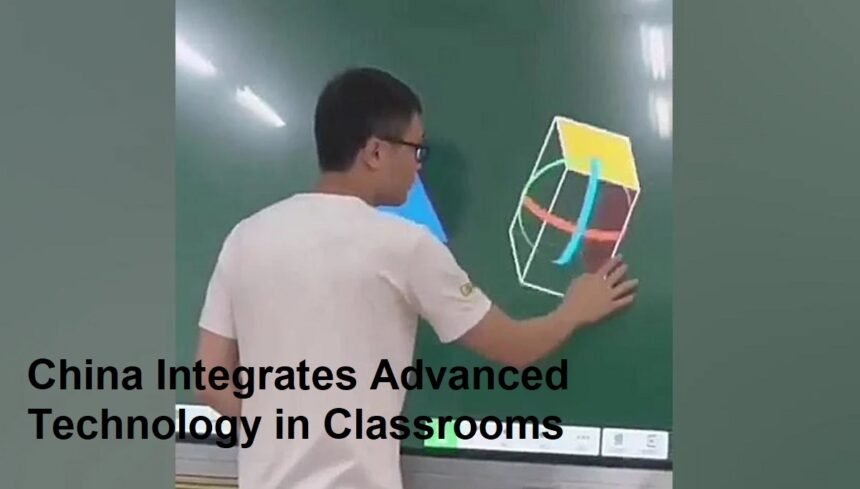China is rapidly transforming its education system by incorporating cutting-edge technology into classrooms across the country. This modernization effort aims to enhance learning experiences, improve student engagement, and prepare young learners for a digital future. Key innovations include introducing coding lessons from primary school, implementing real-time student tracking systems, and utilizing digital whiteboards to teach complex subjects such as 3D geometry.
Early Introduction of Coding in Primary Schools
Recognizing the importance of digital literacy, Chinese schools have integrated coding into the curriculum starting from elementary levels. Students learn programming basics through interactive platforms and games, fostering computational thinking and problem-solving skills from an early age. This early exposure aims to build a strong foundation for future studies in science, technology, engineering, and mathematics (STEM).
Real-Time Student Tracking Systems
To optimize classroom management and personalize learning, many schools in China have adopted real-time student tracking technologies. These systems use sensors, cameras, and AI algorithms to monitor student attendance, engagement, and behavior during lessons. Teachers receive instant feedback on student participation, allowing them to adjust teaching methods dynamically and provide targeted support to those who need it.
This technology also helps ensure student safety and improves administrative efficiency by automating attendance records and reducing manual tasks.
Digital Whiteboards and 3D Learning
Digital whiteboards have become a staple in modern Chinese classrooms, replacing traditional chalkboards with interactive displays. These boards support multimedia content, enabling teachers to present lessons with videos, animations, and interactive exercises.
One notable application is in teaching 3D geometry and spatial concepts. Using digital whiteboards, educators can display and manipulate three-dimensional shapes in real-time, helping students visualize complex structures and understand spatial relationships more intuitively. This hands-on approach enhances comprehension and retention of abstract mathematical concepts.
Benefits and Impact
The integration of these technologies has led to increased student engagement, improved academic performance, and more personalized learning experiences. By leveraging digital tools, teachers can cater to diverse learning styles and pace, making education more inclusive and effective.
Moreover, these advancements prepare students for a technology-driven world, equipping them with skills essential for future careers.
Challenges and Future Directions
Despite the progress, challenges remain, including ensuring equitable access to technology across urban and rural areas, training teachers to effectively use new tools, and addressing privacy concerns related to student tracking.
China continues to invest in research and development to refine educational technologies and expand their reach. The government’s commitment to digital education is evident in policies promoting smart classrooms and nationwide connectivity.
In summary, China’s education system is embracing advanced technologies such as early coding education, real-time student monitoring, and digital whiteboards for interactive 3D learning. These innovations aim to enhance teaching effectiveness and prepare students for the demands of the digital age.









